Contact:
Contact: Jenny Cusick, Terrapin Tours
Office: 603-348-7141
jenny@terrapintours.com
Terrapin Tours Elevates Community Impact through Liberty House Sponsorship and Student Travel Scholarships
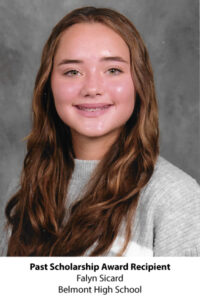 Terrapin Tours, a distinguished group travel company based in New Hampshire, proudly announces its latest achievements in philanthropy and community engagement, with a recent focus on supporting the Liberty House.
Terrapin Tours, a distinguished group travel company based in New Hampshire, proudly announces its latest achievements in philanthropy and community engagement, with a recent focus on supporting the Liberty House.
As part of their ongoing commitment to community enrichment, Terrapin Tours is honored to sponsor the Liberty House 20th Anniversary Celebration event. This sponsorship is a testament to Terrapin’s dedication to supporting critical organizations like Liberty House, which helps veterans facing homelessness and other challenges. In addition to event sponsorship, Terrapin Tours continues to donate thousands of toiletry items collected during their travels to organizations, including the Liberty House, in alignment with their mission to make a positive impact on the lives of those facing hardship.
Terrapin Tours is proud to play a role in the celebration of Liberty House’s 20th year, contributing to the success of the event and reinforcing its commitment to community welfare. The Roaring 20s-themed party promises to be a glamorous affair at the Waterfront at the Elks in Portsmouth, NH, featuring a 1920s “Great Gatsby” theme, a full sit-down dinner, and a 6-piece swing band.
In addition to their support for Liberty House, Terrapin Tours is pleased to announce the success of recent fundraising initiatives, raising over $2,500 to expand the Terrapin Tours Student Travel Scholarship Program. This initiative aligns with Terrapin’s commitment to providing opportunities for New Hampshire high school students to experience the joy, wonder, and educational benefits of travel.
The Student Travel Scholarship Program, launched in 2018 by Kelly Cooke, the owner of Terrapin Tours, has awarded twelve scholarships, contributing over $5,750 in financial assistance to students in need. Last year’s innovative fundraising efforts, including the sale of “Terri the Terrapins” and proceeds from t-shirt sales, garnered overwhelming support from clients, exceeding expectations and enabling Terrapin Tours to award more scholarships.
Kelly Cooke expressed gratitude for the support from clients, stating, “Our clients’ support for the program has been amazing, and we are truly grateful for their generosity. We raised more funds than we expected, and I am so excited to help even more students travel abroad.”
Terrapin Tours remains committed to breaking down barriers and opening doors for students to explore the world through the transformative power of travel. The company plans to continue its fundraising efforts throughout the year, including the ongoing sale of “Terri the Terrapins,” with the goal of supporting all applicants of the Travel Scholarship Program.
For more information about Terrapin Tours, their commitment to community welfare, and the Student Travel Scholarship Program, visit terrapintours.com, call their office at 603-348-7141, or email info@terrapintours.com.
Download Press Release


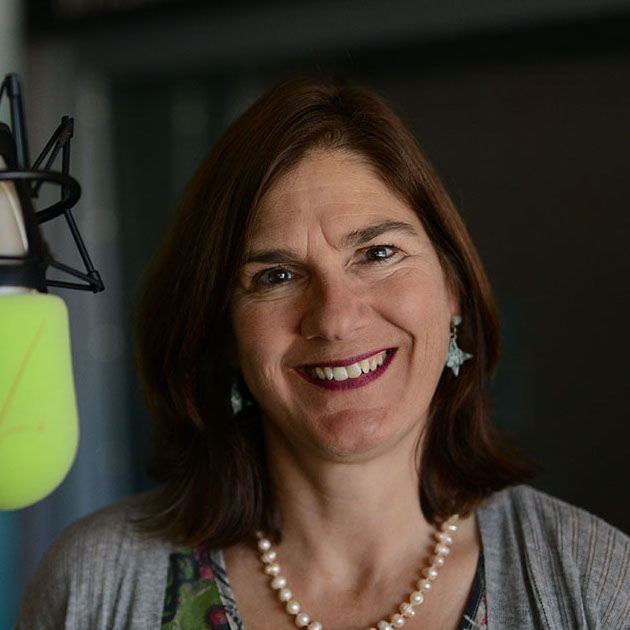

 The clatter of typewriters may be a distant memory, but the news industry is once again on the cusp of a major transformation. Artificial Intelligence (AI) is rapidly making its way into newsrooms, promising to reshape everything from research and data analysis to content creation and audience engagement.
The clatter of typewriters may be a distant memory, but the news industry is once again on the cusp of a major transformation. Artificial Intelligence (AI) is rapidly making its way into newsrooms, promising to reshape everything from research and data analysis to content creation and audience engagement. Terrapin Tours, a distinguished group travel company based in New Hampshire, proudly announces its latest achievements in philanthropy and community engagement, with a recent focus on supporting the Liberty House.
Terrapin Tours, a distinguished group travel company based in New Hampshire, proudly announces its latest achievements in philanthropy and community engagement, with a recent focus on supporting the Liberty House.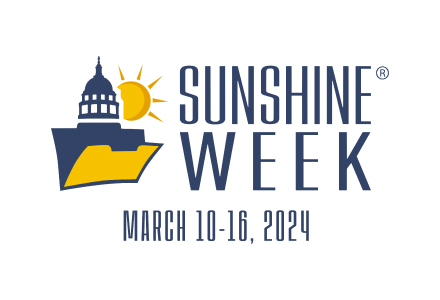
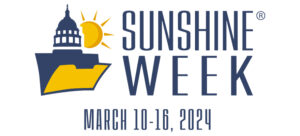 During Sunshine Week, March 10-16, 2024, we are encouraging your participation in this national initiative celebrating open government and the public’s right to know.
During Sunshine Week, March 10-16, 2024, we are encouraging your participation in this national initiative celebrating open government and the public’s right to know.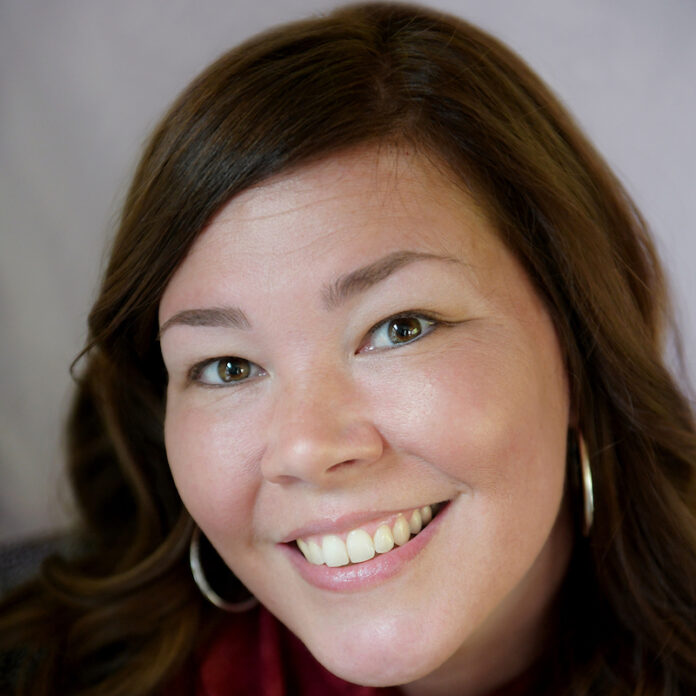

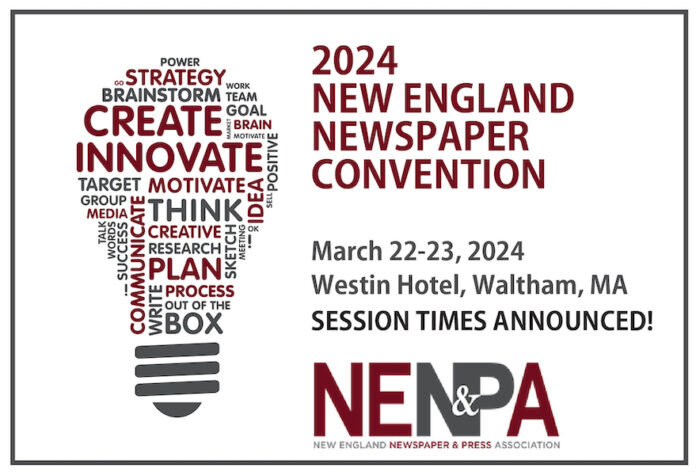
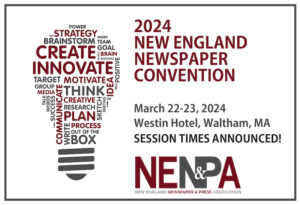 Mark your calendars! The wait is over – session times for the New England Newspaper Convention are finally here!
Mark your calendars! The wait is over – session times for the New England Newspaper Convention are finally here!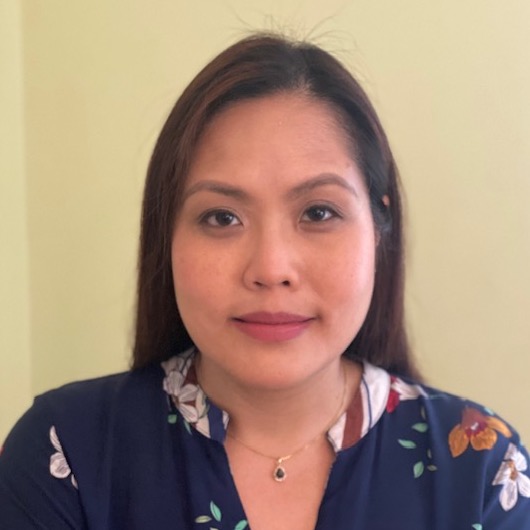

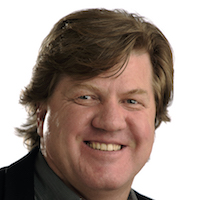

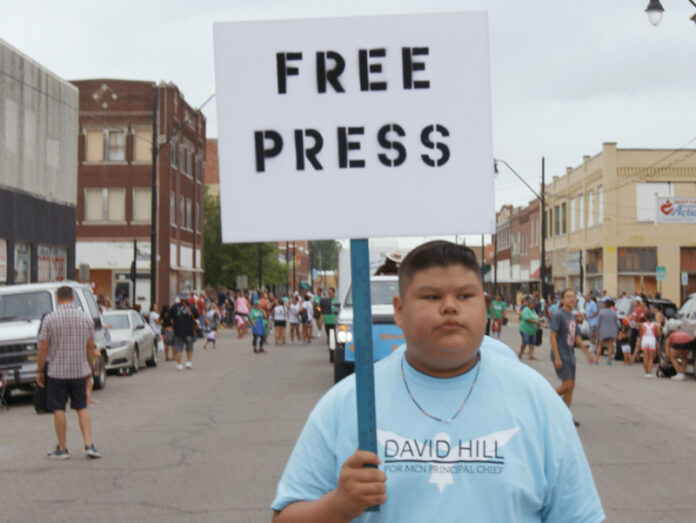


 New Haven, CT – The Western New England Institute for Psychoanalysis (WNEIP) announces the largest gift in its 72-year history: $5 million received on December 31, 2023. The contribution is held in the newly created WNEIP Clarity Endowment Fund, which is currently situated at the Greater New Haven Community Foundation. A maximum of 5% can be withdrawn from the fund each year.
New Haven, CT – The Western New England Institute for Psychoanalysis (WNEIP) announces the largest gift in its 72-year history: $5 million received on December 31, 2023. The contribution is held in the newly created WNEIP Clarity Endowment Fund, which is currently situated at the Greater New Haven Community Foundation. A maximum of 5% can be withdrawn from the fund each year.